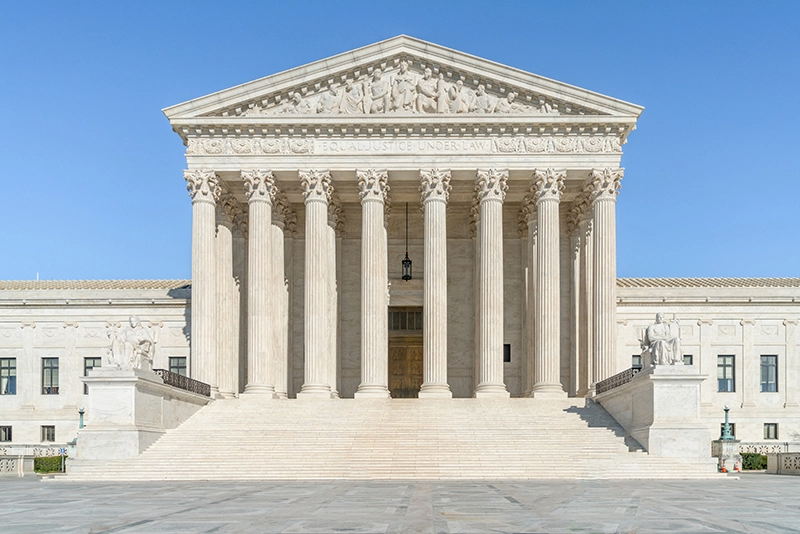Update regarding trademark proceedings in China: Rules on Suspension of CNIPA Trademark Proceedings | Dorsey & Whitney LLP
The China National Intellectual Property Administration (“CNIPA”) recently released its Rules On Suspension of CNIPA Trademark Proceedings (the “Suspension Rules”) and related explanations. The Suspension Rules are intended to provide clear guidance on the circumstances under which a CNIPA trademark proceeding shall be or may be suspended. For companies that have difficulty registering their brands due to prior rights no longer in use, or fraudulently filed, this may be welcome news.
The Suspension Rules concern the four types of CNIPA trademark proceedings, namely:
- the review of a rejection of a trademark application (a Review of Rejection Proceeding);
- the review of an opposition decision refusing the registration of the opposed mark (a Review of Opposition Proceeding);
- the invalidation of a trademark registration (an Invalidation proceeding);
- the review of a cancellation decision regarding a trademark registration (a Review of Cancellation Proceeding, the most commonly seen cases under this category is a cancellation based on three year non-use)
The Suspension Rules make it clear that a CNIPA trademark proceeding shall be suspended under any one of the following five circumstances:
- there is a pending assignment recordal proceeding between the disputed mark and the cited mark(s), and there will no longer be any conflict of rights after the completion of the assignment recordal;
- a cited mark has expired and is in the renewal proceeding or in the renewal grace period;
- a cited mark is under a pending cancellation or withdrawal proceeding;
- a cited mark has been cancelled, or has been invalidated or has expired without renewal but one year has not yet lapsed from the date of its cancellation, invalidation or expiration (exclusive of a cancellation based on non-use);
- a proceeding concerning a cited mark has been concluded pending the relevant decision to become final, or a case concerning a cited mark is waiting to be re-tried under an effective court order.
The above five circumstances may be most relevant to a Review of Rejection Proceeding, this clear language in the Suspension Rules provides far greater certainty to an applicant, whose option presently is to hope for suspension and also file backup rights to maintain their priority. In the past, the suspension of cases under these five circumstances were within an examiner’s discretion and it was not transparent how an examiner could exercise their discretion.
The Suspension Rules also provide that in relation to a Review of Opposition Proceeding or an Invalidation Proceeding, the examiner shall suspend the relevant proceeding if the protection of the prior right claimed is dependent on the outcome of another pending court or administrative proceeding.
Lastly, the Suspension Rules provide that in relation to a Review of Rejection Proceeding, and upon the express request of the applicant, the examiner shall suspend the relevant proceeding if the status of a cited mark is dependent on the outcome of another pending court or administrative proceeding.
In addition to the above seven circumstances where a CNIPA trademark proceeding shall be suspended, the Suspension Rules further provide three circumstances under which a proceeding may be suspended:
- if a cited mark has been under an invalidation proceeding, and the owner of the cited mark has been found guilty of making bad faith filing in other cases, an examiner may exercise his or her discretion to suspend the current Review of Rejection Proceeding without the need of a request of suspension by the review applicant;
- if the review and decision of a CNIPA trademark proceeding is dependent on the outcome of any prior related cases of similar circumstances, the examiner may suspend the CNIPA trademark proceeding if it is necessary;
- other circumstances whereby a suspension of the proceeding may be necessary (a catch-all provision).
Procedurally, an applicant may make its suspension request under the new Rules in its initial filing, or within the subsequent three months supplemental filing period; it is not necessary to make a separate application for suspension. However, the request must provide the full particulars of the related pending proceedings upon which the suspension request is made, such as the filing number of the cited mark, the type of the pending proceeding and its status, and the relevance of that pending proceeding to the present case. Once the status of a cited mark has been crystalized, the applicant must provide proof to the examiner and request the examiner resume the relevant CNIPA trademark proceeding.
Last but not the least, it is important to note that the Suspension Rules are exercised on the general principle of necessity, i.e., a CNIPA trademark proceeding would be suspended only if the status of the relevant prior rights will materially affect the outcome of the case. If the other review grounds and/or the status of the other prior rights are sufficient for deciding the case, then no suspension should be made as it is not necessary.
We are pleased that the Suspension Rules may clear up the current procedural uncertainties in CNIPA trademark proceeding, especially in relation to a Review of Rejection Proceeding. This will enable a brand owner to better form its trademark filing and enforcement strategy and plans. While it remains to be seen how the Suspension Rules will be applied by the CNIPA, the Suspension Rules provide some hope to applicants whose previous option was to continue to refile applications while co-pending proceedings were decided. Dispensing with this strategy will certainly provide significant costs-saving and more streamlined case management for brand owners.






